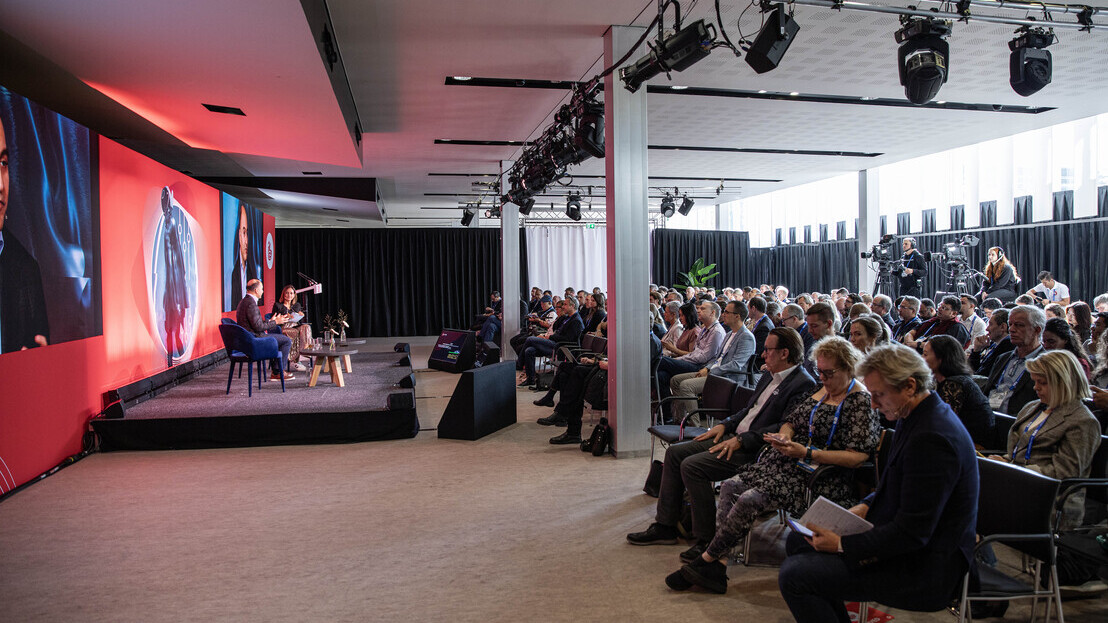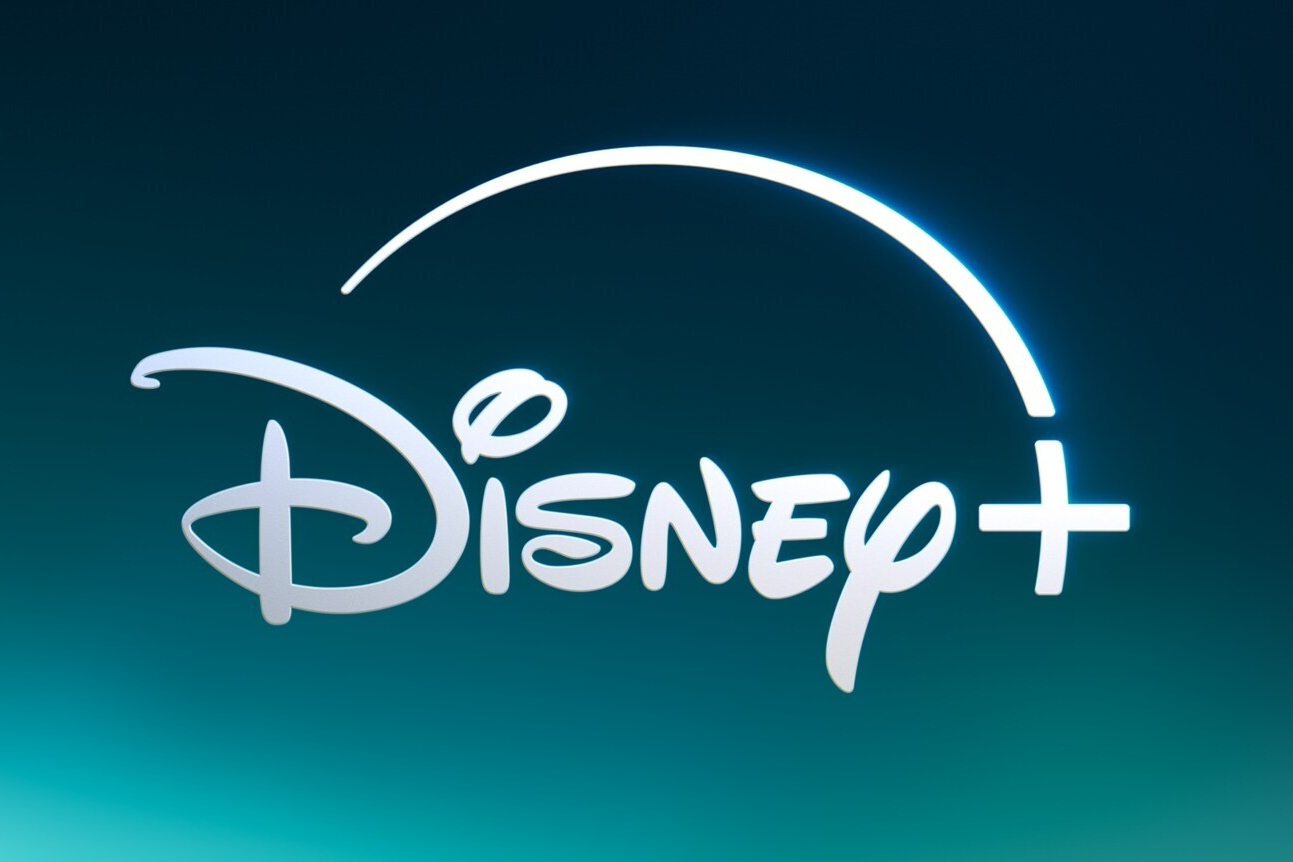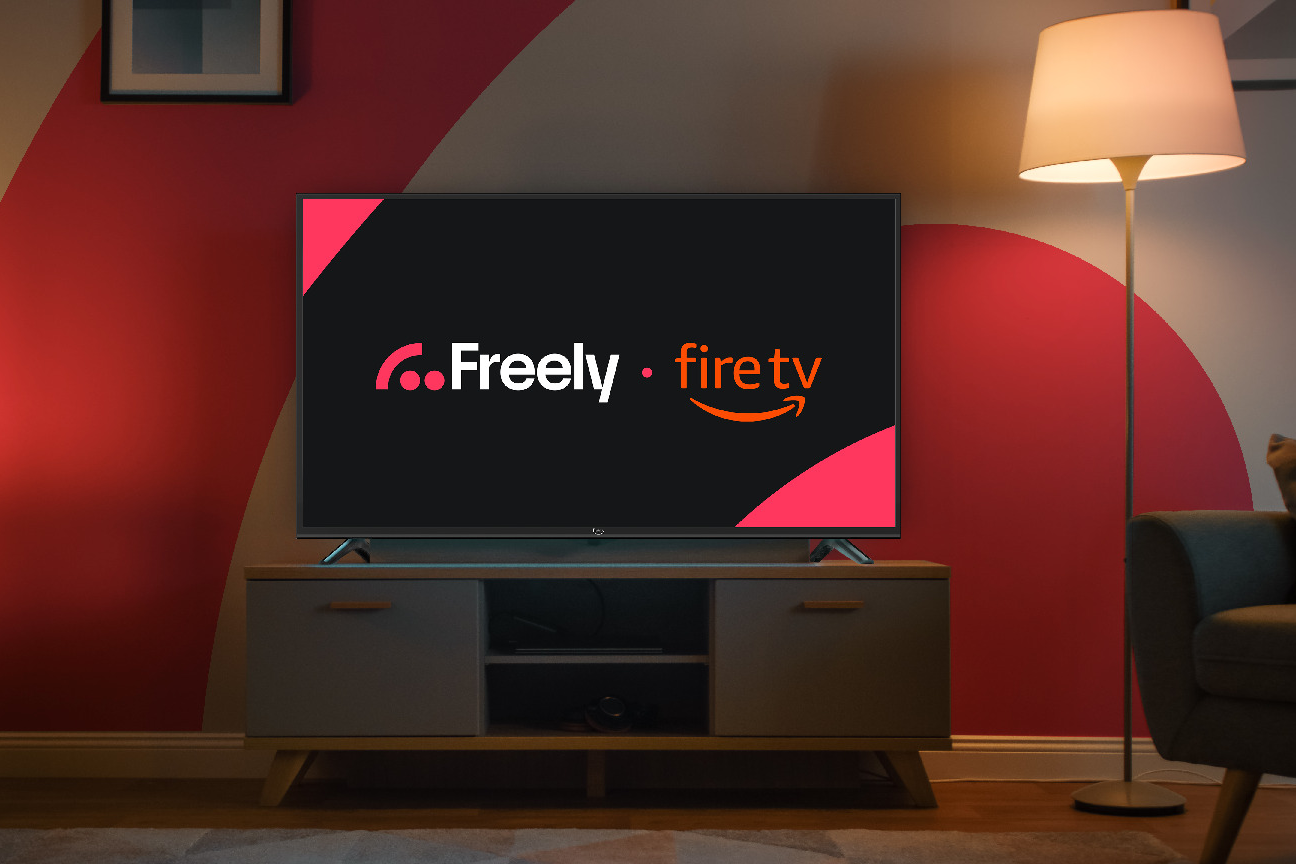Phil Wiser, EVP and Global CTO, Paramount, and Girish Bajaj, VP, Prime Video and Amazon MGM Studios Technology, reflected on key trends in the CTO panel this morning.
Predicting moments of disruption are very hard, but the video business seems to be at a moment of inflection point, according to Phil Wiser, EVP and global CTO, Paramount.
Speaking on the CTO Perspectives panel at the IBC conference, Wiser pointed out that the video business had taken longer to arrive at this inflection point than the music business, which, with basically a single monetisation model, had been uniquely vulnerable to the revolution initiated by Napster, with iTunes and Spotify delivering the death blows...
You are not signed in.
Only registered users can view this article.

Winners announced for RTS Programme Awards 2025
The Royal Television Society (RTS) has revealed the winners for the RTS Programme Awards 2025. The ceremony took place at London’s JW Marriott Grosvenor House Hotel and was once again hosted by comedian Tom Allen.

Jellyfish Pictures files for administration
London-based animation and VFX studio Jellyfish Pictures has gone into administration.

Pact voices concern about the future health of the production sector
UK producers’ alliance Pact has voiced concern about the future health of the production sector in a new report.

Warner Bros Discovery takes stake in Middle East’s OSN Streaming
Warner Bros. Discovery (WBD) has taken a minority stake in Dubai-based OSN Streaming, the streaming subsidiary of Middle East pay-TV firm OSN Group.

ITN promotes Jon Roberts to Chief Technology Officer
Jon Roberts has been promoted to Chief Technology Officer at ITN.




